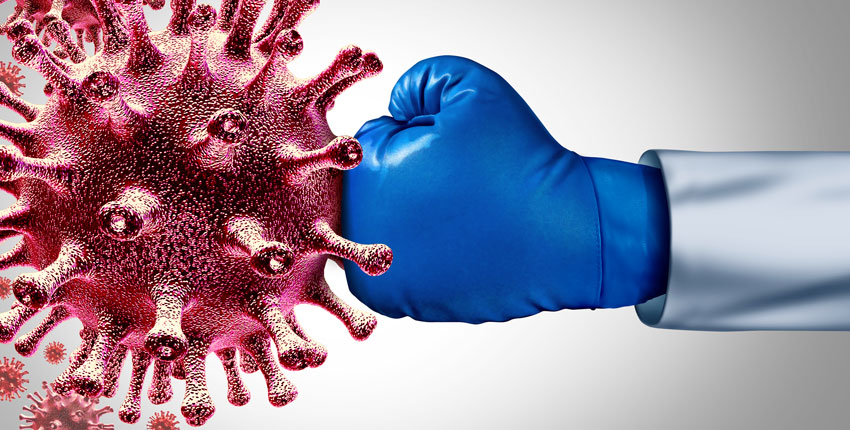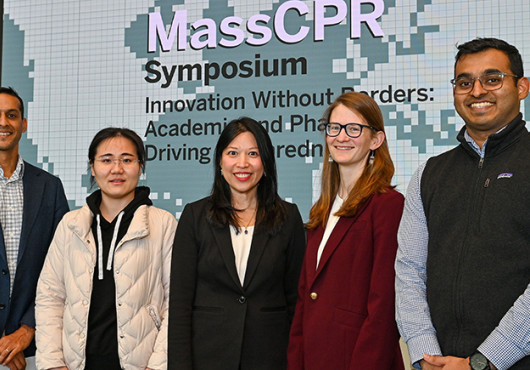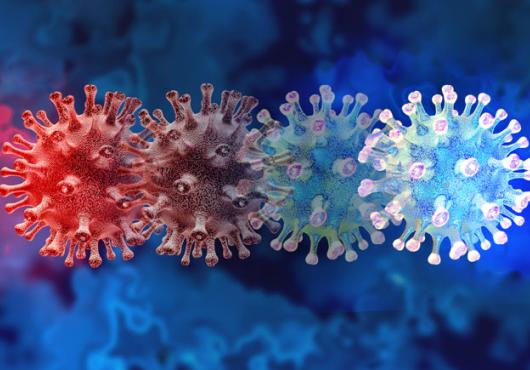
Image: WildPixel/iStock
This article is part of Harvard Medical School’s continuing coverage of medicine, biomedical research, medical education and policy related to the SARS-CoV-2 pandemic and the disease COVID-19.
How long does protective immunity last after COVID-19? This has been one of the most pressing questions about the disease that has fueled a raging pandemic and affected millions across the globe.
A new study led by Harvard Medical School investigators at Brigham and Women’s Hospital sheds new light on this critical question.
Get more HMS news here
The team’s results, published in Cell, indicate that while antibodies against SARS-CoV-2 declined in most individuals after disease resolution, a subset of patients sustained antivirus antibody production for several months following infection.
These antibody “sustainers” had a shorter course of symptoms, suggesting that some individuals who recover from COVID-19 quickly may be mounting a more effective and durable immune response to the virus.
The team’s work is based on analysis of blood samples and immune cells from patients who recovered from mild to moderate COVID-19. The study group did not include asymptomatic individuals, nor patients with severe COVID-19.
The presence of virus-specific antibodies is a well-established key indicator of immunity against viral infections, but previous studies have provided conflicting accounts about whether people who have recovered from COVID-19 can sustain protective antibodies and, if so, for how long.
The new findings point to important variations both in the nature of the immune responses across individuals and how long this immune response lasts.
“We’ve found a subset of individuals who heal quickly while sustaining virus-specific antibody levels after COVID-19,” said Duane Wesemann, HMS associate professor of medicine and an immunologist and associate physician in the Brigham Division of Allergy and Clinical Immunology.
“The kind of immune response we’re seeing in these individuals is a bit like investing in an insurance policy—it’s the immune system’s way of adding a potential layer of protection against future encounters with the virus, and some people are able to make a more durable ‘investment.’”
The Wesemann lab studies the entire set of antibodies a host’s immune system produces and how they learn to recognize pathogens. In spring 2020, the team turned its attention to COVID-19 in an effort to detail the immune responses of people who became infected with SARS-CoV-2.
The team recruited and enrolled 92 people in the Boston area who had recovered from COVID-19 between March and June 2020. Five of the individuals were hospitalized but all others recovered at home.
The researchers collected and analyzed blood samples monthly, measuring a range of antibodies, including immunoglobulin-G (IgG), against the virus that causes COVID-19.
They split the cohort into two groups—those who sustain virus-specific IgG levels over several weeks, and those who lose them. The team analyzed these groups and the links between antibody response and other clinical and immunological data.
The team found that IgG levels against the virus tended to decline substantially in most individuals over the course of three to four months. However, in about 20 percent of individuals, antibody production remained stable or enhanced over the same period.
The team found that these “sustainers” had symptoms for a significantly shorter period of time, compared with “decayers” (average of 10 days versus 16 days).
Sustainers also had differences in memory T cell and B cell populations, two types of immune cells that play important roles in immune memory and protection.
The new study findings point to the existence of a specific immune profile among individuals who tend to “handle” the disease better, the researchers said.
Whether this optimized immune profile is due to intrinsic genetic factors or stems from immune defenses built from exposure to other coronaviruses remains unclear.
However, understanding just why and how these efficient responders sustain more robust antibody production and experience swifter disease resolution may help illuminate new therapies that modulate the immune system to help it clear the infection and sustain its protective arsenal, Wesemann said.
“The data point to a type of immune response that’s not only adept at handling viral disease by leading to a swift resolution of symptoms, but also better at producing cells that can commit to longer term production of antivirus IgG antibodies,” said Wesemann.
“Figuring out how these individuals are able to support longer-term antibody production is relevant to COVID-19 and will also have important implications for our understanding of the immune system in general.”
An important limitation of the study, the team noted, was that most of the volunteers were adult white women. The researchers said that future research must aim to enroll a more diverse population to further elucidate whether variations in immune response exist across people of different ages and ethnic and racial backgrounds.
The researchers also point out that further research may help determine whether similar dynamics of immune response are also seen in people with asymptomatic and severe disease.
This study was supported by the National Institutes of Health (T32 AI007245, T32 GM007753, AI146779, AI007306, AI007512, T32 AI007306, AI142790, DP2DA040254, NIDA Avenir Award, and R01 AI121394, AI139538, AI137940), MGH Transformative Scholars Program, the National Science Foundation Graduate Research Fellowship (Grant No. #1745302), Massachusetts Consortium on Pathogen Readiness (MassCPR), Fast Grant Funding for COVID-19 Science, the Burroughs Wellcome Fund, the Ragon Institute of MGH, MIT and Harvard, and the Mark and Lisa Schwartz and the Schwartz Family Foundation.
Adapted from a Brigham and Women’s news release





